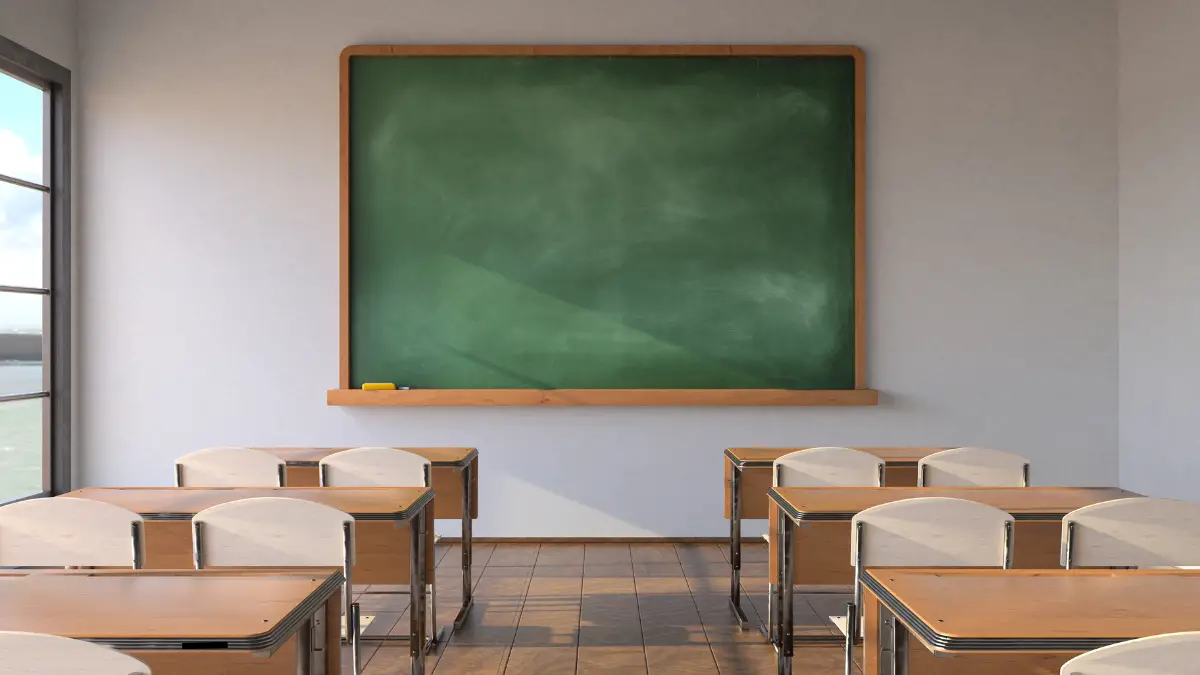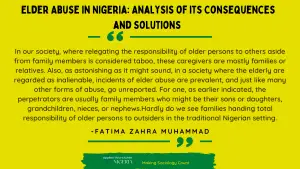Nigeria has a diverse educational system shaped by religious, Western, and hybrid models. Islamiyya schools focus on Qur’anic memorization, Arabic literacy, and Islamic teachings, while Western education introduced subjects like Mathematics, English, Science, and Social Studies. Similarly, Christian mission schools have combined faith-based learning with modern subjects.
Over time, the need for a balanced approach led to the rise of mixed schools. These schools integrate religious and Western curricula, ensuring students gain spiritual and academic knowledge.
Institutions like New Horizons College, Minna; Anwar-ul-Islam Grammar School, Iwo; and Ansar-Ud-Deen College of Education, Isolo are key examples of schools offering Western subjects and Islamic studies.
The structure of these schools varies. Some separate Islamic and Western education by scheduling them on different days, while others combine them within the same school day by allocating different time slots.
Religious and secular subjects are sometimes taught concurrently, with students rotating between classes based on a structured timetable. This flexibility allows schools to balance both aspects of education effectively.
This hybrid model has historical roots. Islamic education reached Northern Nigeria in the 11th century, primarily focused on Qur’anic studies. Western education arrived in the 19th century through British missionaries, leading to the establishment of formal schools.

By the 1920s, some Islamic schools began incorporating secular subjects. In the 1950s, reformers like Aminu Kano pushed for Islamiyya schools that combined religious and modern education.
Since the 2000s, both government and private institutions have expanded this system. Today, cities like Abuja, Lagos, and Kano have seen a surge in modern Islamic and Christian schools integrating both curricula. Many now incorporate digital learning, skill-based training, and international collaborations.
With this growing trend, many schools continue to offer distinct advantages that make them a preferred choice for families. Below are some of the benefits.
- Balanced Academic and Religious Education
Mixed schools provide structured learning in both religious and secular subjects. Unlike traditional religious schools focusing solely on Qur’anic or Biblical studies, these institutions integrate subjects like Mathematics, English, and Science.
This balance helps students pursue higher education and career opportunities while staying connected to their faith.
- Structured Learning and Discipline
A major strength of mixed schools is their structured environment. These schools follow organized curricula, ensuring students receive a well-rounded education without neglecting religious or modern subjects.
Unlike many traditional religious schools that rely on informal discipline, they also enforce strict school rules. This structure helps students develop strong study habits, time management skills, and respect for authority.
- Teacher Motivation and Salary Structure
Mixed schools typically offer better salaries and working conditions for teachers compared to traditional religious schools. Well-paid and trained teachers tend to be more dedicated, improving the quality of education.
In contrast, religious school teachers often work for low wages or voluntarily, affecting their level of commitment. By providing financial stability, mixed schools attract and retain highly motivated educators.
- Rest and Well-being of Students
Students attending separate religious and Western schools often experience exhaustion due to long learning hours. This leaves little room for rest or personal development. Mixed schools solve this issue by structuring both religious and modern education within the same school hours.
With adequate rest, students stay more focused and perform better academically.
- Scholarship and Career Opportunities
Mixed schools offer students better access to international scholarships, particularly in Islamic universities. Prestigious institutions in Saudi Arabia, Egypt, and Sudan often provide scholarships to students with strong Qur’anic knowledge and academic qualifications.
While students from traditional Islamiyya schools excel in Qur’anic studies, they often lack formal certification, which limits their opportunities. By studying in a mixed school, students earn recognized certificates alongside their Qur’anic education.
This enhances their eligibility for scholarships at institutions like the Islamic University of Madinah and Al-Azhar University, improving their career prospects in religious and secular fields.
- Arabic Language Proficiency
Mixed schools provide strong Arabic language instruction while emphasizing English and other subjects. Traditional Islamiyya schools produce more fluent Arabic speakers, but mixed schools ensure students acquire a working knowledge of the language.
This allows them to understand the Qur’an and communicate in Arabic-speaking countries, expanding their career opportunities.
- Extracurricular Activities and Practical Learning
Traditional religious schools often focus on memorization and theoretical knowledge.
In contrast, mixed schools encourage extracurricular activities that enhance practical learning. Students participate in excursions, science fairs, leadership programs, and community service projects.
For instance, when learning about Sadaqah (charity) in class, students may also engage in real-life charity programs. This hands-on approach strengthens their understanding of religious values while developing social and leadership skills.
Conclusion: Areas for Further Development
While mixed schools offer a balanced education, some areas need improvement. Traditional religious schools provide deeper religious knowledge, and mixed schools could enhance their curriculum by offering advanced Islamic or Christian studies.
Affordability remains a challenge, as mixed schools often have higher tuition fees. Expanding scholarship programs and financial aid would make these schools more accessible to a wider range of students.
Additionally, teacher training in religious studies needs improvement, as many mixed schools focus more on modern subjects. Investing in well-qualified religious educators will strengthen the faith-based aspect of education.
Lastly, traditional religious schools produce more scholars due to their intensive Qur’anic, Biblical, and theological studies. Mixed schools could address this by offering specialized religious tracks for students pursuing spiritual scholarship.
By addressing these challenges, mixed schools can provide an even more comprehensive education system that nurtures academic excellence and strong moral values.






